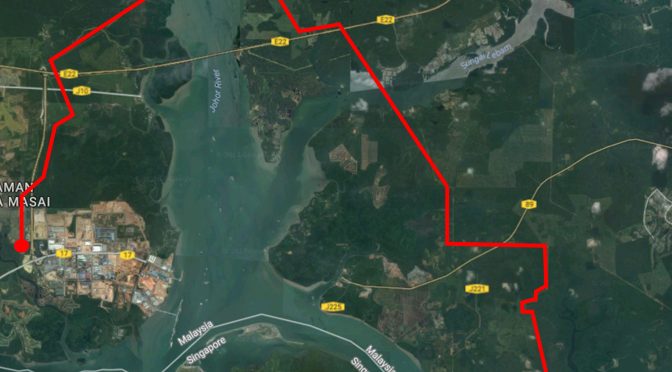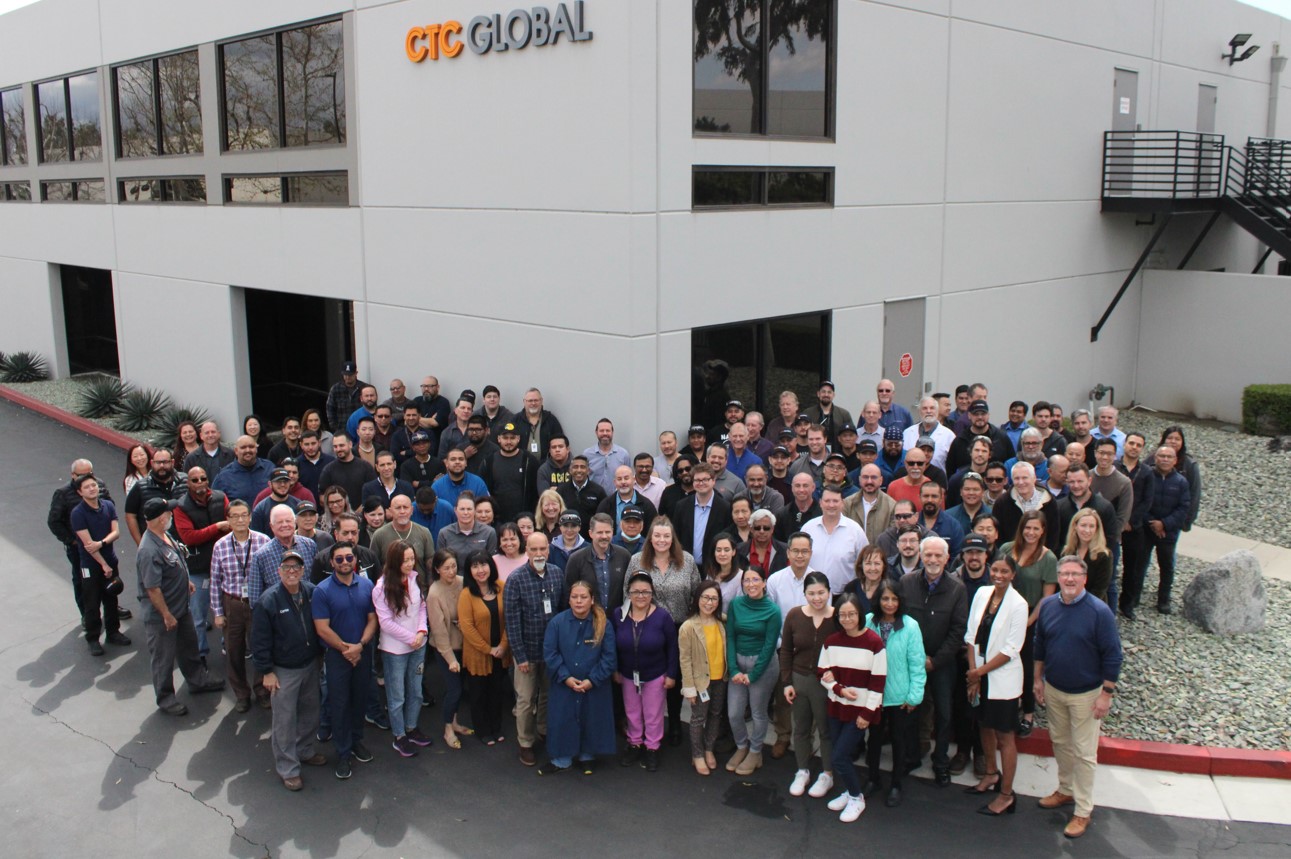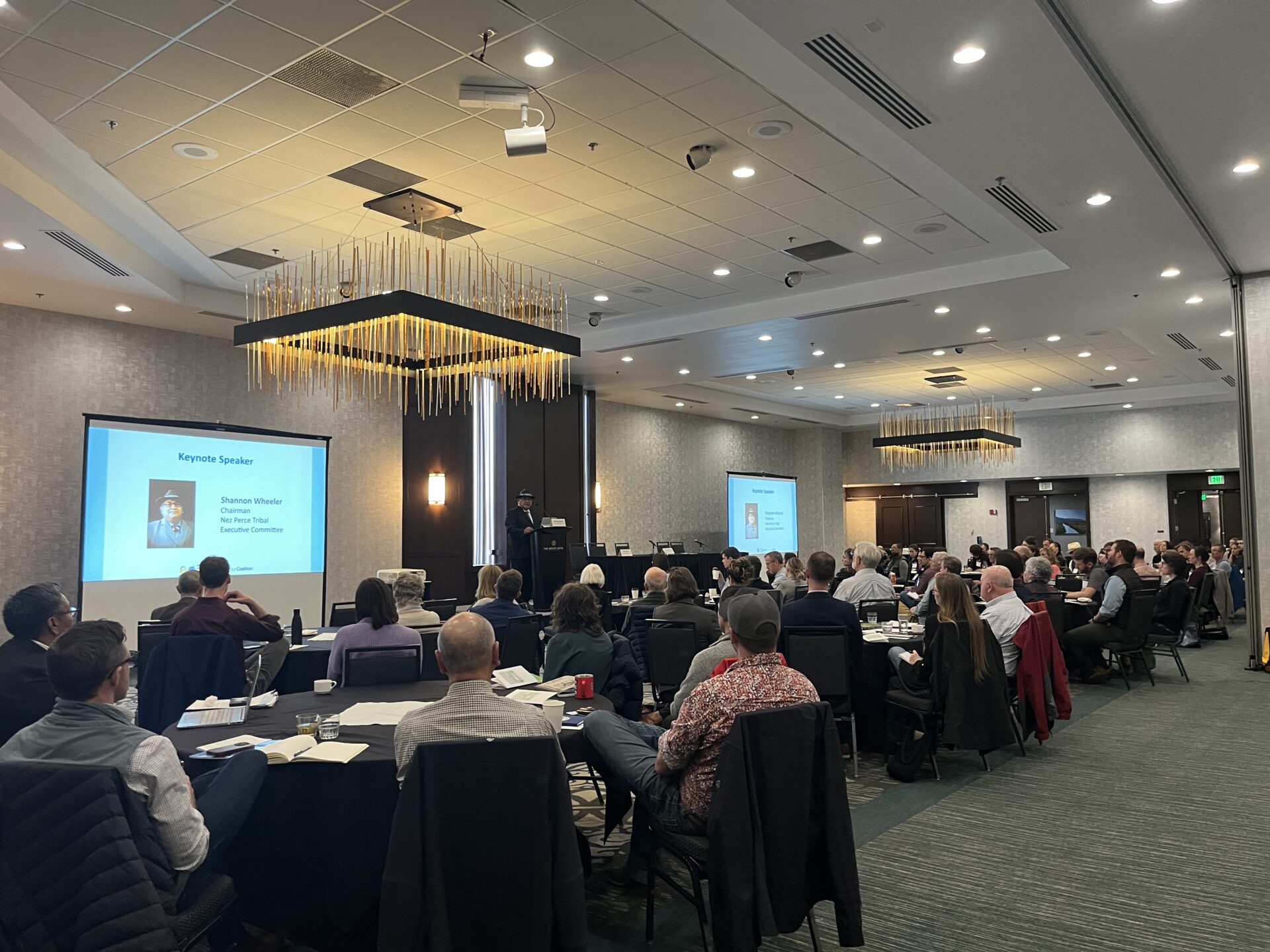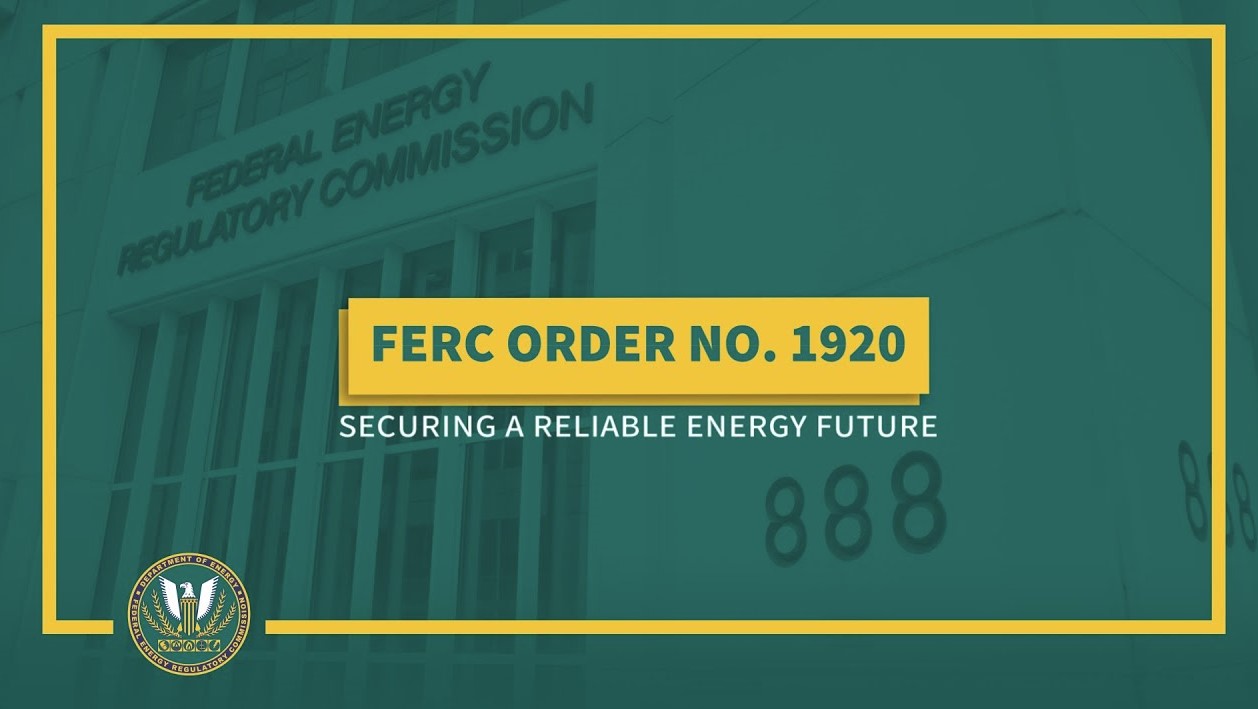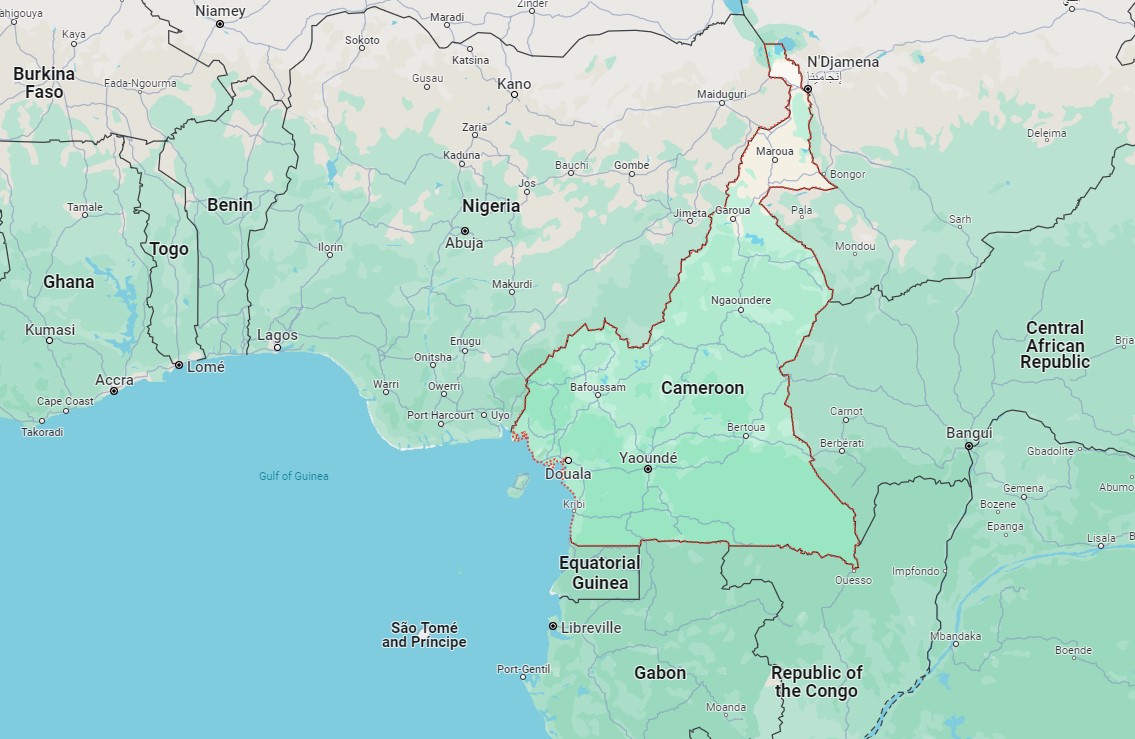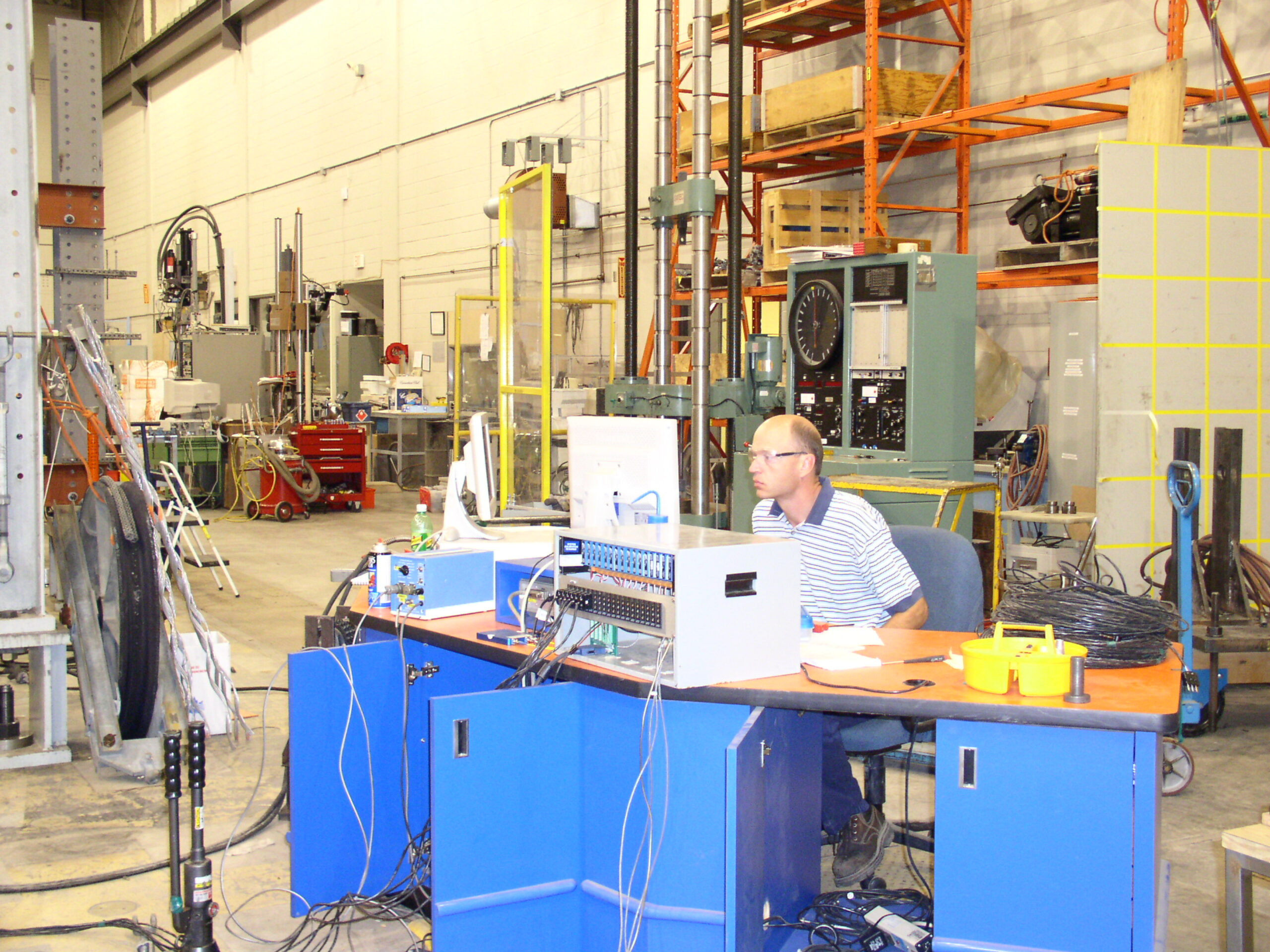THE DEVELOPMENT OF PENGERAN project in Johor, Malaysia was installed by Trenergy Infrastructure and is the largest new line project CTC Global has produced to date. The line runs from the Petronas’ Cogen Generation Plant in Kota Tinggi, to the Pengerang 275kV Substation, and finally the Tanjung Langsat 275kV Substation in Taman Kota Masi located just outside the capitol city of Johor Bahru. The line spans two waterways including the Sungai Lebam waterway and the Johor River which measures almost a mile and a half across. Trusted and valued stranding partner Tenaga Cable Industries (TCI) Manufactured 967 km of ACCC Dublin for this massive undertaking. The Triple bundled 50 km double circuit line utilizes a combination of lattice structures and steel monopoles. The line was successfully energized on July 5th 2017 and all parties involved are extraordinarily impressed with the timeliness and scope of such a successful and complex project.
Johor is located in the southernmost part of Peninsular Malaysia, just above the equator. It is the fifth largest state by landmass and the second most populated state in all of Malaysia. The area has a tropical rainforest climate with monsoon rains from November through February blowing in from the South China Sea, and an average rainfall of 70 inches per year. Johor Bahru, the capital city of the state, has a population of over 1,650,000, remains the third largest city in the country, and is the main benefactor of the grid upgrade. Weather patterns in Malaysia change throughout the monsoon season in a variation of wind speeds and direction, cloudiness, and extreme wet and dry periods throughout the entirety of the year. In the mass Malaysian flooding of 2014-2015, more than 200,000 people were affected, more than 100,000 victims were evacuated to flood relief centers, and 21 were killed.
With such severe weather patterns and climate hazards, utility companies in Malaysia greatly value the resiliency of installed products more than many other countries and understandably so. Though ACCC came at a larger up front cost comparative to other non-advanced conductors, three main components of ACCC offset the cost and eventually result in significant profit within a relatively short amount of time. The thermal sag point of the composite core allowed for the installation of longer spans resulting in less towers, more importantly the large and expensive reinforced towers needed to span the Mile and a half Ocean fed waterway. The resiliency to not only monsoon conditions, but salt water corrosion and corona alike ensure that these lines stay energized and perform as they should. The efficiency of ACCC also allows the utility to reduce line loss and thus save on waste while reduce the cost associated with power generation itself. Therefore, when tasked with the need for increased capacity to a salt water exposed grid servicing over 1.5 million people located in such a hazard prone part of the world, decision makers looked no further than ACCC. This all because, simply put, no other product on the market can perform with such profitable and reliable results in monsoon type conditions when compared to the patented carbon fiber composite core technology of ACCC.
